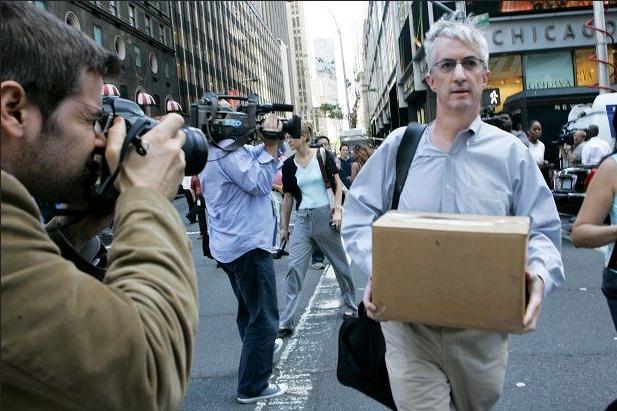“Abenomics” refers to a politician’s particular economic policies, in the same sense that Reaganomics or Clintonomics do. This is the name given to Japanese Prime Minister Shinzō Abe’s multi-pronged economic program.
Understanding Abenomics
Abenomics refers to the economic policies implemented by former Japanese Prime Minister Shinzō Abe at the beginning of his second term (since 2012).
Abenomics involved increasing the nation’s money supply to stimulate public spending, and improving reforms to make the Japanese economy more competitive. The Ecomonist magazine outlined the program as a mix of reflation, government spending and a growth strategy designed to jump the economy to a new level, after more than two decades of slumber and low growth.
Context
This “economic slowdown” has its origins in the 1990s, also known as The Lost Decade. It was a period of economic stagnation in Japan that followed the bursting of a massive real estate bubble during the 1980s, and the commercial goods bubble during the early 1990s.
As a result, the Japanese government incurred massive public deficits, to finance public works projects.
In 1998, economist Paul Krugman argued in a research article titled “The Japanese Trap” that Japan could increase inflation expectations, thereby lowering long-term interest rates and promoting public spending, and thus exit the financial crisis . stagnation.
Japan adopted a similar technique known as Quantitative Easing, expanding the domestic money supply while keeping interest rates considerably low. This facilitated an economic recovery, which began in 2005, but did not stop deflation, a general fall in prices.
In July 2006, Japan ended its 0% interest rate policy. Although Japan still maintained the lowest interest rates in the world, it could not stop deflation. The country saw the Nikkei 225 index, the main index of Japanese companies and stocks, fall more than 50% between the end of 2007 and the beginning of 2009.
The program
After serving as the country’s prime minister for a brief period, from 2006 to 2007, Shinzō Abe began his second term in December 2012. Within days of taking office, he launched an ambitious plan to recover the economy and get it out of its state of stagnation.
In a speech following his election, Abe announced that he and his cabinet would implement ” a bold monetary policy, a flexible fiscal policy and a growth strategy that encourages private investment, and with these three pillars, achieve results.”
Abe’s program consists of “three arrows”, the first is to print more money, between 60 to 70 trillion yen, to make Japanese exports more attractive and generate a modest inflation of about 2%.
The second arrow consists of new public spending programs to stimulate demand and consumption – stimulate short-term growth, and achieve a budget surplus in the long term.
The third component of Abenomics is more complex, involving a reform of various regulations to make Japanese industries more competitive and encourage investment to and from the private sector. This includes reforming corporate governance, easing restrictions on hiring foreign employees in special economic zones, making it easier for companies to fire inefficient workers, liberalizing the health sector and implementing measures to help domestic and foreign entrepreneurs. . The proposed legislation also aimed to restructure the profits of the pharmaceutical industries, modernize the agricultural sector. Even more important was the Trans-Pacific Partnership (TPP), which was described by economist Yoshizaki Tatsuhiko as a potential “lynchpin of Abe’s proposed economic revitalization” by making Japan more competitive through free trade.
The effect of Abenomics
As a result of Abe’s policies, the Bank of Japan revealed its inflation measures in 2017, achieving inflation 0.1% higher than in 2016, growth that has been at an annualized rate of 1.2%, well above above previous rates (1980s and 1990s), an unemployment rate of 2.8%, at its lowest point in 22 years. Japanese companies, for their part, are trying to be more efficient, looking for ways to reduce their prices internationally. According to the Financial Times, although these averages will not be enough: “Japan is prepared for higher inflation.” And this can provide relief to the economy in the difficult global economic environment, which has left little room for economic recovery and higher inflation.
Current scenario
Despite the years of stagnation, Abenomics has managed to keep the country afloat and maintain Japan as the third world economy by nominal GDP with a gross domestic product of 5.1 trillion dollars, while being the fourth world economy by GDP by purchasing power parity with 5.7 trillion dollars. Japan in turn ranks 24th in nominal GDP per capita ($41,000 annually per citizen) and 28th in GDP per capita by purchasing power parity ($45,000 per citizen).
Japan has other important indicators such as a human development index with a score of 0.909, classified as “very high”, which offers us a fairly optimistic perspective on the state of well-being of the citizens of this country.











